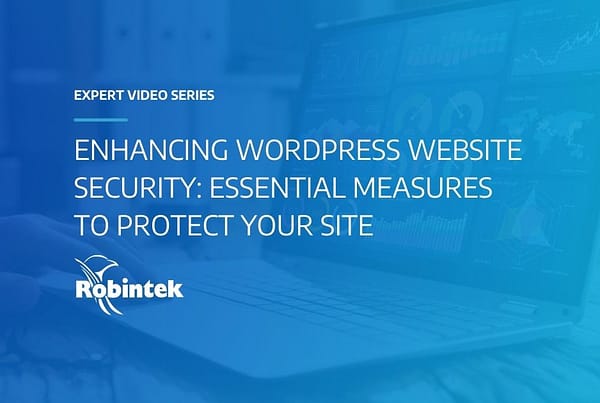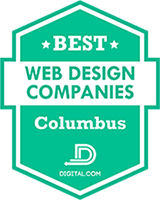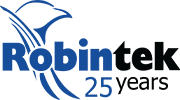eCommerce Websites: Building an Online Storefront for Your Business
Enhancing Business Growth with an Online Storefront An online storefront can significantly boost your business…
Rachel ListMarch 4, 2025
We are Robintek, a website development company & digital agency based in Akron and Columbus, Ohio, focused on working one on one with you to take your ideas, and make them a reality.
 E-CommerceNew WebsitesSmall BusinessWeb DesignWebsite RebuildWebsite RedesignWordPress
eCommerce Websites: Building an Online Storefront for Your Business
E-CommerceNew WebsitesSmall BusinessWeb DesignWebsite RebuildWebsite RedesignWordPress
eCommerce Websites: Building an Online Storefront for Your Business
 Mobile DesignNew WebsitesVideo SeriesWeb DesignWebsite Experts SeriesWebsite RebuildWebsite RedesignWordPress
Enhancing WordPress Website Security: Essential Measures to Protect Your Site
Mobile DesignNew WebsitesVideo SeriesWeb DesignWebsite Experts SeriesWebsite RebuildWebsite RedesignWordPress
Enhancing WordPress Website Security: Essential Measures to Protect Your Site
 New WebsitesWeb DesignWebsite RebuildWebsite RedesignWordPress
WordPress Website Design: Harnessing the Power of a Versatile Platform
New WebsitesWeb DesignWebsite RebuildWebsite RedesignWordPress
WordPress Website Design: Harnessing the Power of a Versatile Platform

190 S. State St.
Suite A
Westerville, OH, 43081
Phone: (614) 888-3001
Toll-Free: (800) 834-7430
169 E. Turkeyfoot Lake Rd.
Suite B
Akron, OH 44319
Phone: (330) 922-4065
Email: info@robintek.com
Proudly Serving Columbus and Central Ohio Businesses for Over 20 Years!
Now with an office in the North East Ohio, Akron/Canton Area.
